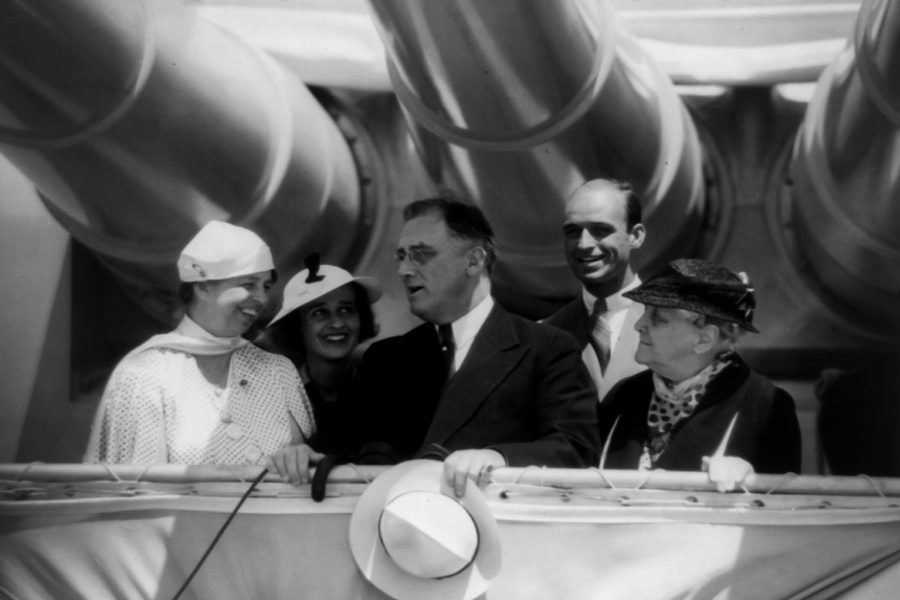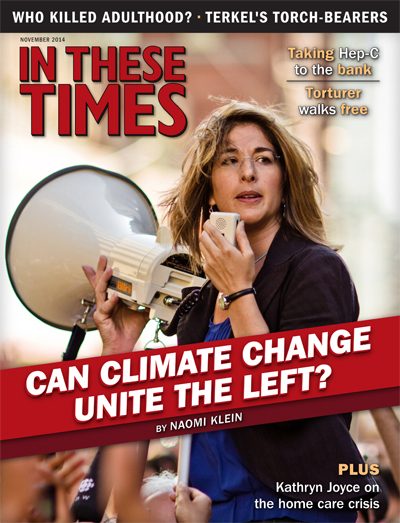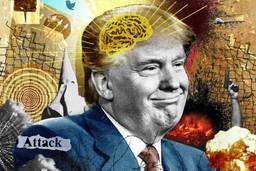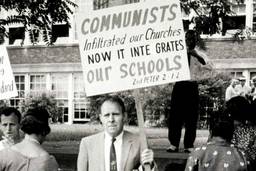New Deal, Same Spiel
Ken Burns’ documentary about the Roosevelts is heavy on fable but light on fact.
Chris Lehmann

This fall, Ken Burns — the nation’s director laureate of all things sepia-toned — offered an epic, exhaustive documentary that served to rebuke just about every feature of our postliberal political order. “The Roosevelts: An Intimate History” blanketed the PBS airwaves for 14 hours, summoning the viewing public back to the halcyon days of the Fair and New Deals, and thus making a powerful de facto case for liberal rule by enlightened patrician overseers.
But that, of course, is just the problem. By rendering the successive Roosevelt revolutions of the early 20th century as a single, orderly procession of outsized personalities — and delicately navigated family intimacies — en route to their rendezvous with destiny, Burns’ opus afforded us precious few glimpses of the democratic social movements that gave powerful shape to Theodore Roosevelt’s Progressive Era and Franklin Delano Roosevelt’s New Deal coalition.
By the film’s logic, if Puerto Rico and the Philippines were annexed to the American sphere of influence, it was largely thanks to Teddy Roosevelt’s martial spirit. If unions organized, it was because FDR threw his worldshaking charisma behind the Wagner Act. Farmers weren’t the angry protesters who sparked the successive rebellions of the Populist movement and the Nonpartisan League; rather, they were the grateful recipients of FDR-sanctioned subsidies. Labor leaders appear scarcely at all, even though labor’s effect was felt strongly enough in the White House that FDR is rumored to have greeted several major proposals with “Clear it with Sidney” — meaning Sidney Hillman, head of the Congress of Industrial Organizations’s PAC.
The film does give one discordant suggestion that some left-leaning partners in the New Deal coalition might have grown restive: Louisiana’s populist kingpin Huey Long threatens a challenge to FDR in the 1936 Democratic primaries, promising a guaranteed income for all Americans and a ceiling on the earnings of the plutocrat class. But that awkward moment mercifully passes with news that a disgruntled state officeholder gunned down Long on the steps of the Louisiana statehouse. Problem solved — now, back to the Roosevelts and their intimacies!
To further garland the tale of the earth-moving Roosevelts, Burns marshals a burbling chorus of consensus from historians of the presidency, including Doris Kearns Goodwin and erstwhile Newsweek editor-in-chief Jon Meacham, who marvel at the extraordinary fitness that the nation’s leadership class perennially displays for the historical challenge at hand. Here, for instance, is Meacham in a fit of pundit ecstasy as he ponders the close alliance of FDR and Winston Churchill during the Second World War: “They heard the music of history in their minds, and they were devoted to the idea that they would save the world.”
Just pause a moment and try applying those sentiments to any living, breathing human you happen to know. Is it anything more than a long-winded way of calling that poor soul a sociopath?
Needless to say, the drama of Churchill and Roosevelt’s joint messiahship crowds out a rather more enormous force devoted to saving the world from the Axis powers: the Soviet Union, which sacrificed more than 20 million people in repelling Hitler’s troops from the Eastern front.
This is not to say that FDR did not indeed possess great qualities of executive vision and leadership. It is, rather, to question whether the fable of a zeitgeist-bending, aristocratic savior is a plausible or healthy thing for a putative republic.
Yet the Burns series is devoted to this curiously genetic model of national leadership. Each episode of the series begins with an odd incantation of Rooseveltian historical determinism: “Before the names Theodore, Eleanor and Franklin were indelibly etched into the American consciousness, and the course of human history was forever changed by their individual endeavors, a prominent family made a point of teaching the value of altruism, the power of perseverance, and the virtue of helping out one’s fellow man.”
That may be intimate, but it’s not exactly history.









